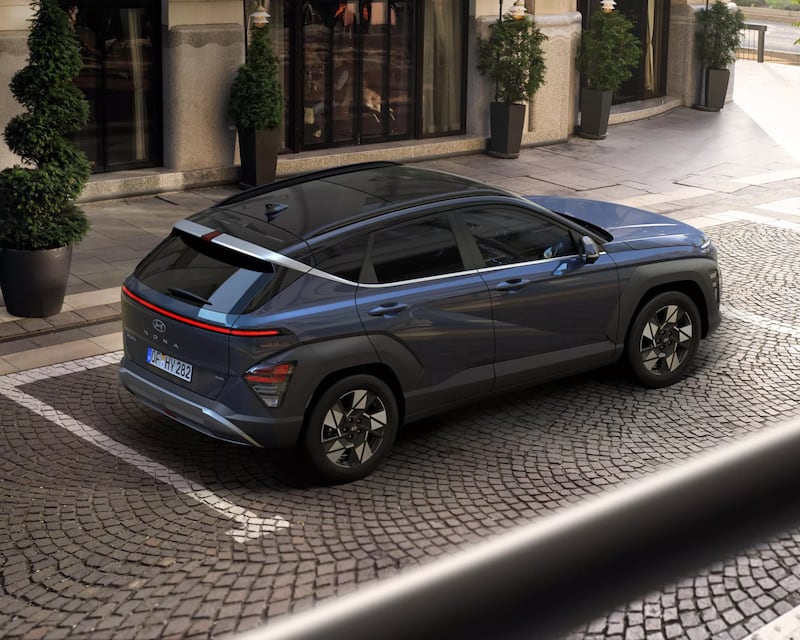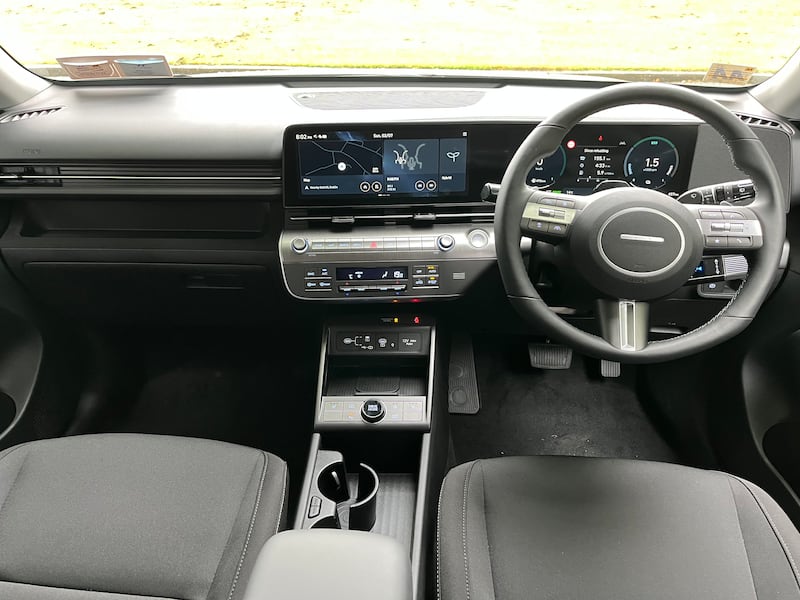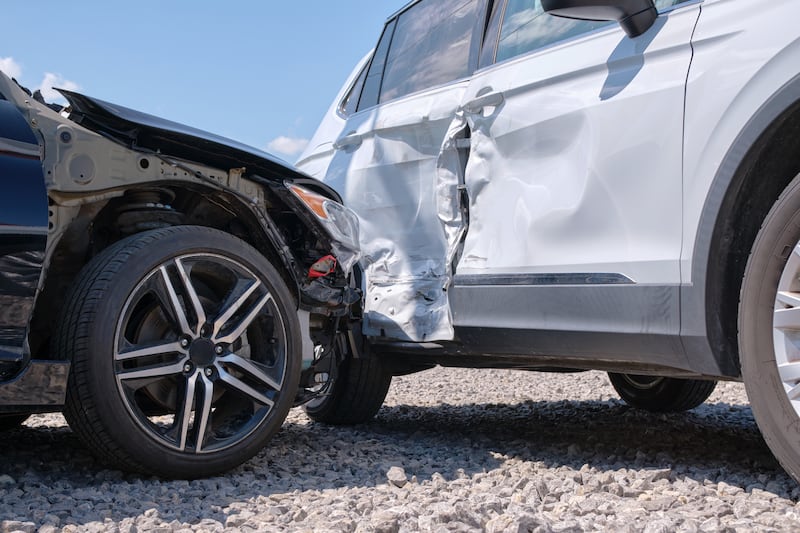In 2004 in a rural town hall in Latvia, Hyundai outlined its grand plan for the SUV market. It centred on adding the Tucson to its model range, a car only slightly smaller than the ragingly successful Santa Fe, but better priced.
To the Koreans it seemed to make business sense to slice and dice the SUV segment. To us motoring hacks it looked like they were out to destroy their business. Why would anyone fork out thousands for a few inches more? The Tucson would undermine Santa Fe sales and kill off the golden goose.
Hyundai is now an automotive behemoth. And we doubter are still watching from the sidelines, amazed at how it all panned out and slightly annoyed that we didn’t try harder to nip this SUV nonsense in the bud when we might have had a chance.
In many ways the Koreans are at it again with this latest Kona, slicing and dicing the market with a model only marginally smaller than its Tucson sibling.
RM Block
Hyundai’s Kona has performed well in Europe for the brand since its launch in 2018, particularly on the back of its all-electric version. But it was not without its critics, most of whom focused on its small size when it comes to family transport.

It certainly didn’t qualify as an SUV, and barely made it under the crossover moniker. It was really a beefed-up supermini or hatchback, with plastic cladding to give some pretence of off-roading ability. Few if any left the tarmac.
This time you’ve got a Kona billed as a crossover (car companies are shying away from the SUV tag given the environmental backlash) and more spacious than a family hatchback. Taking on board the past criticisms, Hyundai has opted for a more substantial footprint.
On looks alone the Kona has all the traits of a slightly shrunken Tucson, especially in its side profile. It might not have the elaborate front light cluster of its sibling, but the Kona’s nose is still eye-catching and stylish, particularly with its lightbar that stretches across the bonnet. It’s like the Tucson has pulled on a Star Wars Stormtrooper helmet.
The Kona’s clean front and rear styling more closely reflects the firm’s Ioniq electric range, a styling trait we’re likely to see a lot more as the Koreans update the rest of its models.
There are parts where the designer has overworked the plastic cladding in an effort to give this crossover some edge, but it just ends up looking like they are overcompensating for the fact crossovers are now so formulaic that they have become street furniture.
Inside, Hyundai’s drive to bring the brand into premium contention continues, with a smart 12.3-inch dual screen that dominates the dash standard on mid and higher grades. The cabin is not as funky as the Ioniq 5 or 6 inside, but it’s a big step improvement from the last generation.

Opting for the stalk shift control on the hybrid version clears up the space between driver and passenger for storage, though it would be good if they had provided more covered space there. Where the manual transmission is housed for the regular petrol version, in the hybrid it’s simply an extended cupholder and flat open surface, where your stuff scuttles about while you drive.
There have been advances in the interior trim as well, with more soft-touch surfaces used to good effect.
The key selling point of the interior, however, will be that extra space in the back. It’s arguably enough for a family with a couple of teens, and the challenges they pose in terms of leg and headroom. The Tucson probably still has an edge on it, but only just. Where the previous Kona was probably pitching as the second car in a two-car household, the new Kona is now big enough to work as the only car needed for smaller families.
On the road the Kona is pleasant to drive, although it’s as generic as the plethora of other crossovers out there, even with its fancy light bar on the bonnet. The ride is comfortable and washes out all the usual bumps before they reach the cabin. However, in terms of driving experience, it doesn’t really stand out from the crowd.
Initially available as a 1-litre petrol or 1.6-litre hybrid, an all-electric version is also due towards the end of this year.
Our test car was the hybrid, another smooth transition between electric and engine power, though it’s no performance powerhouse. The good news is that it doesn’t have the annoying lag when you hit the throttle during overtaking, nor does it send the engine into a cacophony of high notes.
The 1.6-litre musters up enough power for the average commute, with engine and electric motor combo delivering an estimated 141hp and up to 265Nm of torque.
The fact the Tucson the best-selling new car on the Irish market says a lot about the financial state of the Irish motor market
We managed a fuel economy figure of 5.8l/100km (48.7mpg) in a mix of mainly rural roads and a little town driving. That’s on a par with most of its competitors, for which Hyundai will list the likes of the Toyota C-HR, Peugeot 2008 and Nissan Juke.
Prices start at €30,895 for the one-litre petrol and €34,295 for the hybrid. Our test car was the higher-spec Elegance version, priced at €36,045. For once there is not a vast difference between the entry-grade Signature and Elegance on the hybrid version, aside from wheel size and a few comfort features. So by saving €1,750 you’re not sacrificing too much.
In 2004 Hyundai had spotted the upcoming boom in SUVs of all sizes. As the market has grown so have the range of variants and models. This Kona is bigger than its predecessor and so the next Tucson will have to be increase in size to justify the inevitable price increase.
Right now, the Tucson starts at €37,295 for the entry-level diesel, with most equipment grades coming in at €40,000-€45,000. The fact it’s the best-selling new car on the Irish market says a lot about the financial state of the Irish motor market.
However, its buyers should now stop for a beat and consider if a Kona would work for you instead. Like the choice Hyundai offered its Santa Fe buyers in 2004, it seems like a move that undermines its best-seller, but this time we’re not going to second-guess the Korean strategists. We’ll just watch again from the sidelines at how this plays out.






















